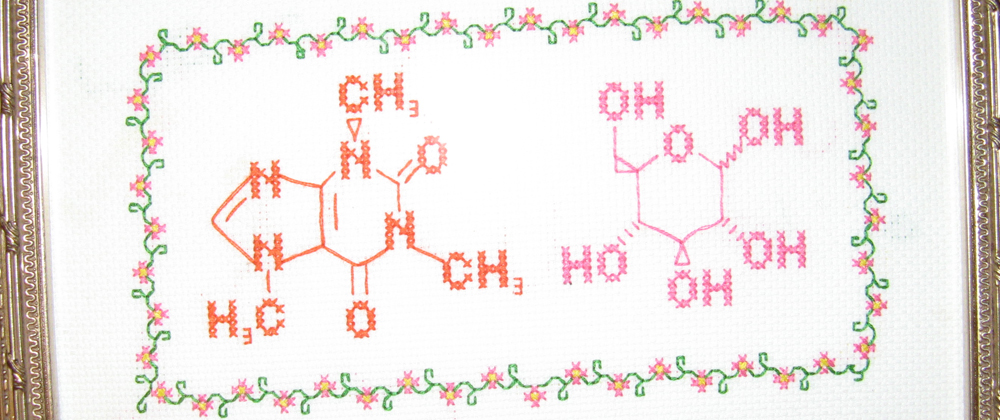In a recent post, Candid Engineer raised some interesting questions about data and ethics:
Trust and accountability in the vaccine-autism wars.
There’s a new feature article by Liza Gross [1] up at PLoS Biology. Titled “A Broken Trust: Lessons from the Vaccine-Autism Wars,” the article does a nice job illuminating how the themes of trust and accountability play out in interactions between researchers, physicians, patients, parents, journalists, and others in the public discourse about autism and vaccines. Ultimately, the events Gross examines — and the ways the various participants react to those events — underline the questions: Who can we trust for good information? and To whom are we accountable for our actions and our decisions? In many ways, it strikes me that the latter question needs more consideration than people typically give it.
The question of trust, on the other hand, is one with which people seem more ready to grapple. The challenge, however, is that such grappling seems more often than not to result in mistrust.
Snail eradication (day 20).
Another morning, another gastropod foray.
News, both happy and wistful.
The happy news and the wistful news concern separate matters, though.
First, the happy news:
3 Quarks Daily announces awards for science blogging.
Actually, the awards will include other sorts of blogging, too, but it’s the awards for science blogging that have a fast-approaching nomination deadline.
Snail eradication (day 19).
This morning, like yesterday morning, was sunny and dewy, and just a little bit chilly.
Good snailing weather.
Actually, though, given recent gastropod ratios during my morning forays, it might be more accurate to call it slugging rather than snailing. Except that slugging already has a meaning.
Are you a scientist or a journalist here? Either way, you’re bound by ethics.
Following up on an excellent post she wrote earlier this month, Jessica Palmer at Bioephemera brings us an update on the lawsuit against Jared Diamond and The New Yorker. You may recall that this lawsuit alleges that a story written by Diamond and published in The New Yorker defamed its subject (and Diamond’s source) New Guinean driver Daniel Wemp, as well as Henep Isum, another man featured in the story but never interviewed by Diamond nor contacted by fact-checkers from The New Yorker. As described in the earlier post at Bioephemera:
‘Chronic’ Lyme disease article in Journal of Medical Ethics called unethical.
You may recall my examination earlier this month of a paper by Johnson and Stricker published in the Journal of Medical Ethics. In my view, it was not a terribly well-argued or coherent example of a paper on medical ethics. Now, judging from an eLetter to the journal from Anne Gershon, the president of the Infectious Diseases Society of America (IDSA), there is reason to question the factual accuracy of that paper, too. The Johnson and Stricker paper promised an exploration of ethical issues around an antitrust investigation launched by the Connecticut Attorney General examining the IDSA’s process for developing guidelines for Lyme disease. In particular, Johnson and Stricker suggested that conflicts of interest led the IDSA panel to improperly exclude “chronic” Lyme disease from their disease definition and treatment guidelines.
It’s true that IDSA has a horse in this race. However, as I noted in my earlier post, so do Johnson and Stricker. And unlike Johnson and Stricker, IDSA president Gershon seems to have a good handle on how to frame coherent and persuasive arguments.
From Gershon’s eLetter:
Snail eradication (day 18).
Finally, a morning that dawned clear, cool, and moist.
Tired of being holed up wherever it is they hole up during the dry weather, the gastropods came out to play.
Snail eradication (day 17).
This morning, once again, was dry and overcast, although not as cold as it has been.
Because I know this is low-yield gastropod-picking weather, I went right to the most likely locations: the bottom of the watering can and the new snail and slug shelters.



